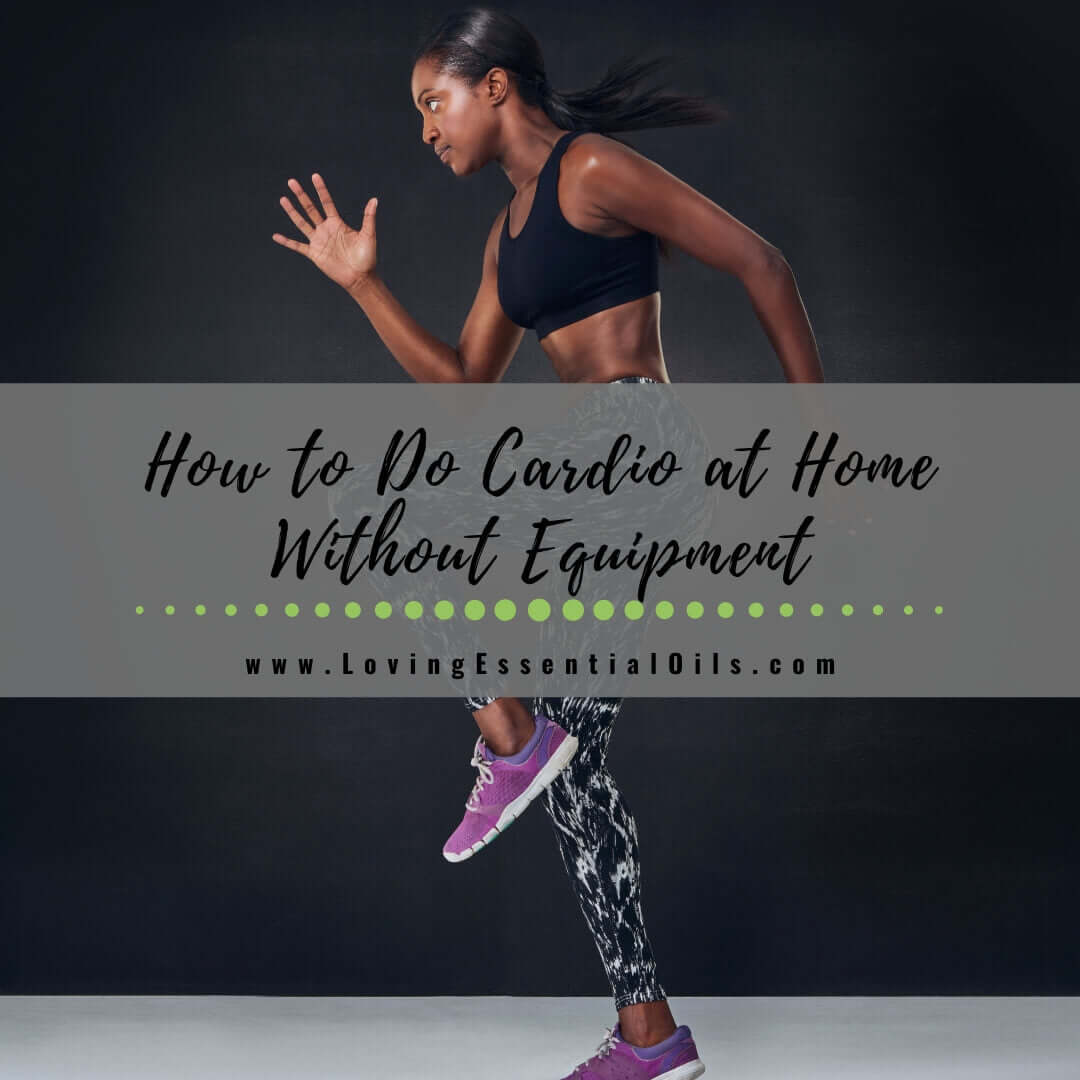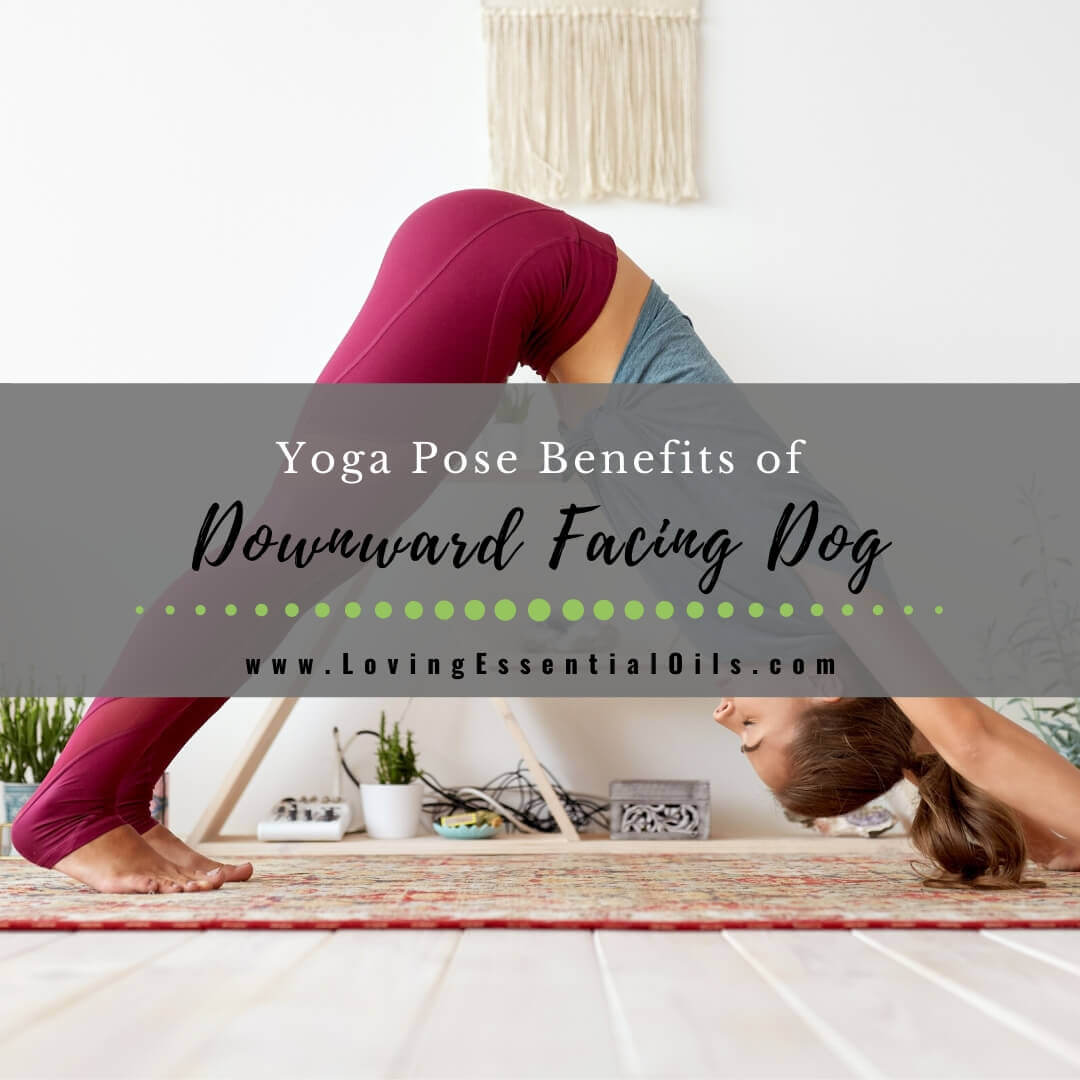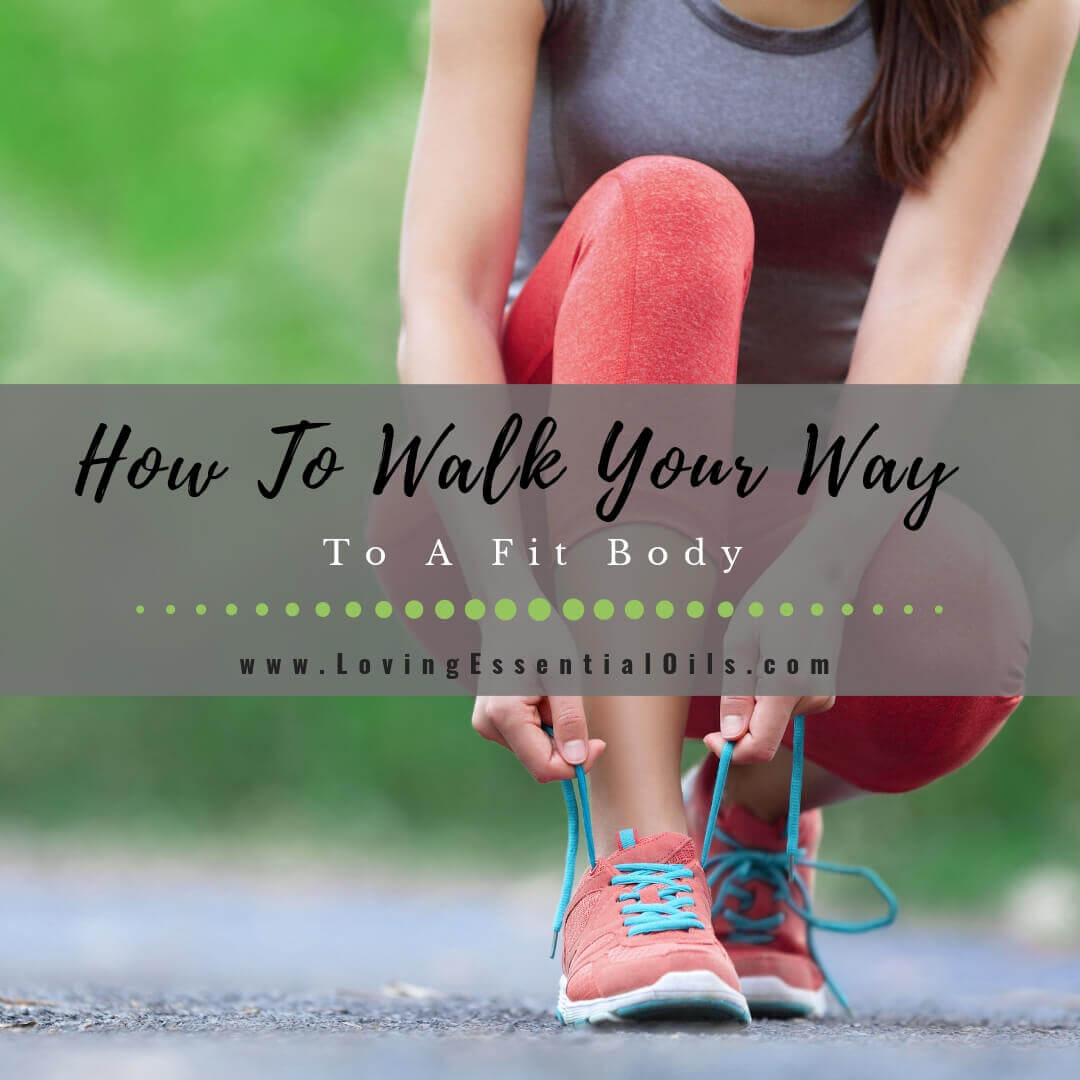Whether you're just starting to get in shape or you're an experienced athlete, adding some cardio to your routine is always a good idea. And if you're looking for a great way to get your heart rate up and improve your overall health at the same time, then running is definitely worth considering. So what are you waiting for? Lace up those sneakers and hit the pavement!
Is Running Cardio?
If you're like most people, you probably think of cardio as any activity that gets your heart rate up and makes you break a sweat. And while running does indeed meet both of those criteria, there's a lot more to it than that. So, is running cardio? Let's take a closer look.
What is Cardio?
Cardio, short for cardiovascular exercise, is any type of physical activity that helps to improve the health and function of your heart and lungs. Because cardio exercises increase your heart rate and breathing rate, they're often used to help improve cardiovascular fitness.
However, not all cardio exercises are created equal. Some types of cardio, like running, are more intense than others and can provide more health benefits as a result.
How to Do Cardio at Home Without Equipment
There are plenty of ways to get a great cardio workout in without any equipment. Whether you're looking for something high-impact or low-impact, there's an option for you. So next time you find yourself without a treadmill or elliptical machine, don't worry! You can still get in a great workout.
1. Jumping Jacks
Jumping jacks are a classic cardio move that can be done anywhere, anytime. Just be sure to land lightly on your feet to avoid injury.
2. Running in Place
If you have some space, try running in place or doing some high-knees. Both of these moves will get your heart pumping and your legs moving without having to go anywhere.
3. Walking Around or Stepping Up
If you're looking for something a little more low-impact, try walking side to side or from one end of the room to the other. You can also try stepping up onto a sturdy chair or coffee table and then back down again. Just be sure that whatever you're using is stable and won't move around when you step on it.
4. Upper Body with Cardio
If you want to add an upper body component to your cardio workout, try doing some jumping jacks with arm swings or running in place while punching your fists in the air.
5. Burpees
And finally, if you really want to get your heart rate up, try doing some burpees! Though they may not be the most fun move in the world, they are definitely effective at getting your blood pumping and making you break a sweat.
What are the Benefits of Running?
Running is a great way to get your heart rate up and get some fresh air at the same time. But in addition to being a good form of cardio, running also has a number of other benefits. For instance, running can help to:
- Improve your mental health
- Strengthen your bones and muscles
- Boost your immune system
- Increase your lifespan
So, if you're looking for a workout that will do more than just get your heart pumping, then running might be the perfect option for you.
How Much Cardio Should Beginners Do?
When you're starting out on your fitness journey, it's important to ease into things. That's why we always recommend that beginners start with a moderate amount of cardio. But just how much cardio should beginners do? Let's take a look.
A good rule of thumb is to start with 15-20 minutes of moderate-intensity cardio three times per week. Once you've gotten a few weeks of moderate cardio under your belt, you can start to increase the duration and intensity of your workouts. Just remember to listen to your body and not push yourself too hard too fast.
Here is a 15 Minute Beginners Cardio Workout Without Equipment
If you're not sure what counts as moderate-intensity cardio, think about a level of effort that allows you to carry on a conversation without getting winded. Once you start to get out of breath, that's when you know you're pushing yourself too hard.
Final Thoughts on At Home Aerobic Exercises Without Equipment
So there you have it! A beginner's guide to cardio. Start with 20-30 minutes of moderate cardio three times per week and increase from there. And remember, if you're ever feeling unsure, just listen to your body—it will never steer you wrong.





